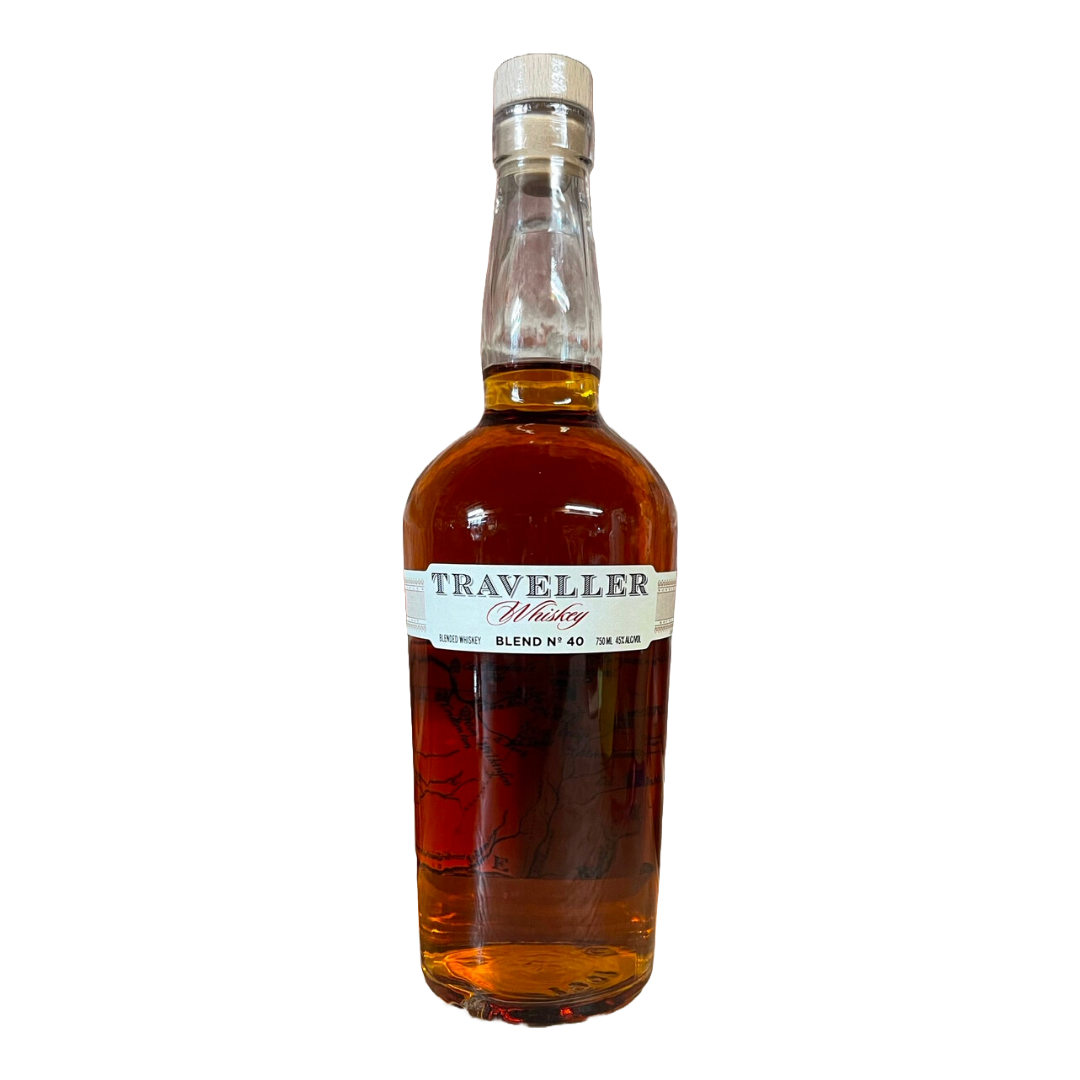Understanding Agave Spirits
Agave is a staple of desert and tropical vegetation for gardeners and landscape architects, but for mixologists, these organic bouquets of fleshy, bright green leaves are the stuff of cocktail fantasies.
Tequila and mezcal, two of agave's main spirits that fall under the more broad category, are integral to Mexican culture and are inseparably linked to Mexico.
The agave subspecies known as blue agave, which is indigenous to Mexico, is what is used to make tequila. Compared to its relatives, blue agave has a blue-gray hue. Mezcal, in contrast, can be made from any variety of agave, making tequila a sort of mezcal. Agave spirits' acceptance and attractiveness are nothing new. Pulque, a fermented agave beverage, was consumed by people from pre-Columbian societies including the Zapotecs and Aztecs as part of holy rituals and for therapeutic purposes.
Naturally, tequila is the most common variety of mezcal. Tequila, which was given its name after the Spanish colonial city where it was produced, and the margarita, a popular tropical cocktail made with tequila, orange liqueur, and lime juice, are staples at all bars across the nation. The margarita even has its own glass, which is shaped like a big, shallow bowl on top of a little bowl. The image of the salted rim is famous. The slush-like frozen margarita comes in a variety of flavors, including strawberry, mango, blueberry, pineapple, and peach. The Tequila Sunrise, which is mixed with orange juice and grenadine, is also well-liked, so much so that it served as the inspiration for the title of a Mel Gibson and Michelle Pfeiffer film.
But more and more affluent drinkers are choosing ultra-premium tequilas, which are often consumed neat. This type of consumer learns to distinguish between the various types of tequila, including the unaged blanco (white, like Tequila Casa Dragones Blanco), plato (silver, like the ubiquitous Patrone Silver), joven (young, like Viva XXXII Tequila Joven), reposado (rested—that is, aged two months to one year, like Don Julio Reposado), and aejo (aged one to The prized extra-aejo category, which is aged three years or longer, is another option (sample the Tears of Llorona).
Tequila originates in the Mexican state of Jalisco, although mezcal is typically identified with one area, Oaxaca, and while mezcal may be made from a wide variety of agave types, including the espadin and valued, wild-harvested tobala, tequila depends on blue agave for distillation. The palette is introduced to a new menu of notes, flavors, and finishes while drinking a premium mezcal, such as Del Maguey, Dos Hombres Espadin, or Convite Mezcal Coyote.
Expect to taste tastes ranging from earthiness, green pepper, and flowers to pine, mango, and citrus thanks to a reliance on centuries-old techniques and several agave varieties. Bartenders say that customers are getting more curious, willing to sample mezcal, and even becoming connoisseurs, from Cabo resorts to Brooklyn gastropubs. Mezcal may blend well with a variety of mixers because it embodies a variety of notes. The spirit blends excellently with grapefruit juice, lime juice, and maraschino cherry for the tart but sweet Rising Sunrise, for instance (and a pinch of salt and a lime garnish). Even chocolate-based mezcal drinks are available, both hot and cold.
Therefore, even though mezcal that isn't tequila might never be as popular as tequila is, that doesn't matter; it just means it will hold onto its reputation for being a more upscale connoisseur for a little while longer.









Leave a comment